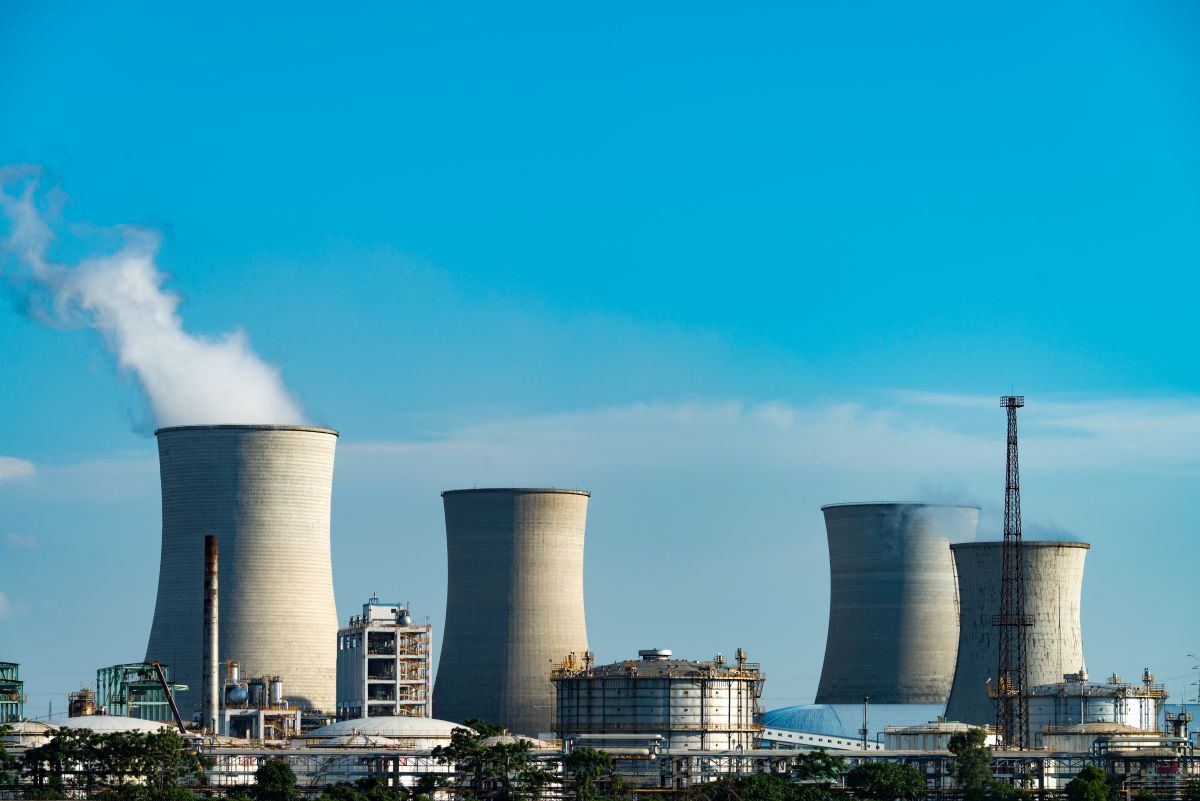The United States is witnessing a rapid shift toward clean energy, with certain states leading the way in harnessing wind and solar power. When analyzing renewable energy by state, Texas stands out as the top producer, generating more electricity from renewable sources than any other state. With abundant resources, vast land, and a favorable regulatory system, Texas continues to shape the future of sustainable energy in the country. According to Inside Climate News, Texas is the U.S. state that generates more renewable energy than any other, be it wind or solar. Texas is rich in resources, with loads of sunlight and high winds.
Texas is a Leading Producer of Clean Energy
Texas has been leading all U.S. states for several years when it comes to renewable energy production, especially wind energy. In 2022, it generated 137,118 gigawatt-hours from wind and utility-scale solar. California came in second place with 52,927 gigawatt-hours, mostly from utility-scale solar. Although Texas has been stronger when it comes to wind energy and California has been very strong with utility-scale power, however, Texas has now increased its utility-scale solar power, catching up to California.
Renewable Energy by State: Texas vs. California in Solar and Wind Power
If we were to look at renewable energy by state, California takes the lead in small-scale solar with 23,094 gigawatt-hours, which is almost seven times more when compared with Texas. However, even if this amount were to be added to the overall total for solar, California would still be behind Texas. It is important to note here that EIA tabulates small-scale solar in a different category from utility-scale solar.
Texas generates the most electricity in the country. Although it is the leader in renewable energy production, wind and solar accounted for only 26% of the total electricity generation from all the sources. The leadership in Texas is committed to fossil fuel industries, and there has been hostility towards renewable sources. According to Doug Lewin, president of Stoic Energy, the state needs to do much more to take full advantage of the opportunity it has with renewable energy.

The Inflation Reduction Act and Clean Energy
President Biden’s list of priorities includes the U.S. energy sector. The Biden Administration is focused on building sustainable infrastructure, creating jobs, a clean energy future, and achieving net-zero emissions by 2050.
The Inflation Reduction Act of 2022 (IRA), signed into law on August 16, 2022, started the ball rolling for a transition to a clean energy economy. The law directs new federal spending to reduce carbon emissions, among other things.
How Federal Policies Impact the Best States for Energy Transition
Before the IRA was introduced, two laws with overlapping priorities had already been passed, namely, the Bipartisan Infrastructure Law (BIL) and the CHIPS & Science Act. Altogether, these laws will contribute $2 trillion in new federal spending over the next decade.
According to Governing, the IRA is “the most ambitious climate legislation in the nation’s history, made into law without a single Republican vote.” Since the Republicans control the House now, there may be talk of reconsidering provisions to support the growth of clean energy in the IRA.
Conclusion
As U.S. transitions toward a clean energy future, understanding renewable energy by state is crucial in identifying leaders in sustainability. Texas has emerged as a powerhouse, reinforcing its position in wind and solar production while steadily increasing its utility-scale solar capacity. However, challenges remain in fully capitalizing on its renewable potential. Federal policies like the Inflation Reduction Act are set to shape the best states for energy innovation, ensuring further investments in clean power infrastructure. For those wondering which state generates the most electricity, Texas leads the way, demonstrating how resource availability and regulatory frameworks influence the nation’s energy landscape.
Disclaimer: Any opinions expressed in this blog do not necessarily reflect the opinions of Certrec. This content is meant for informational purposes only.












